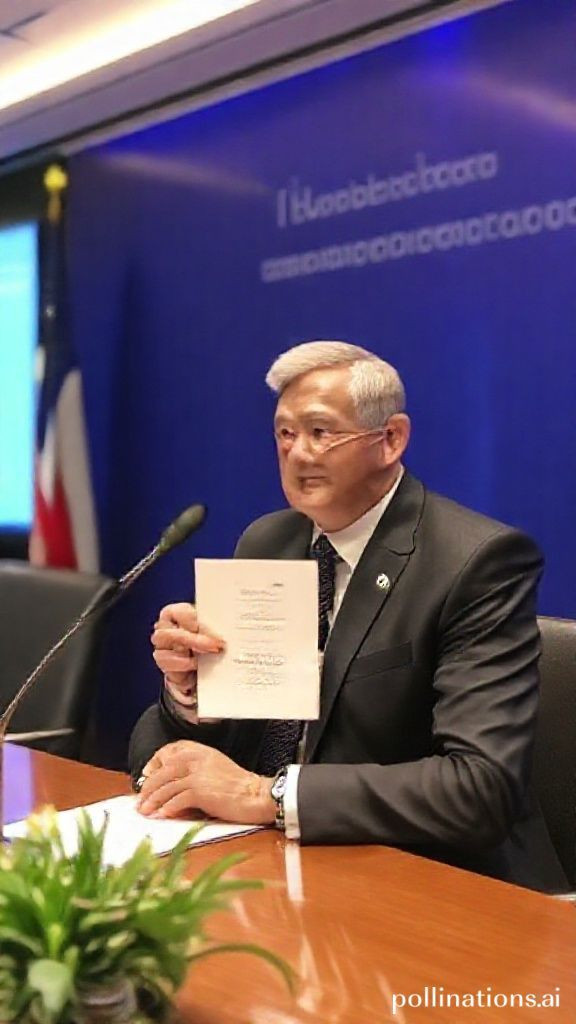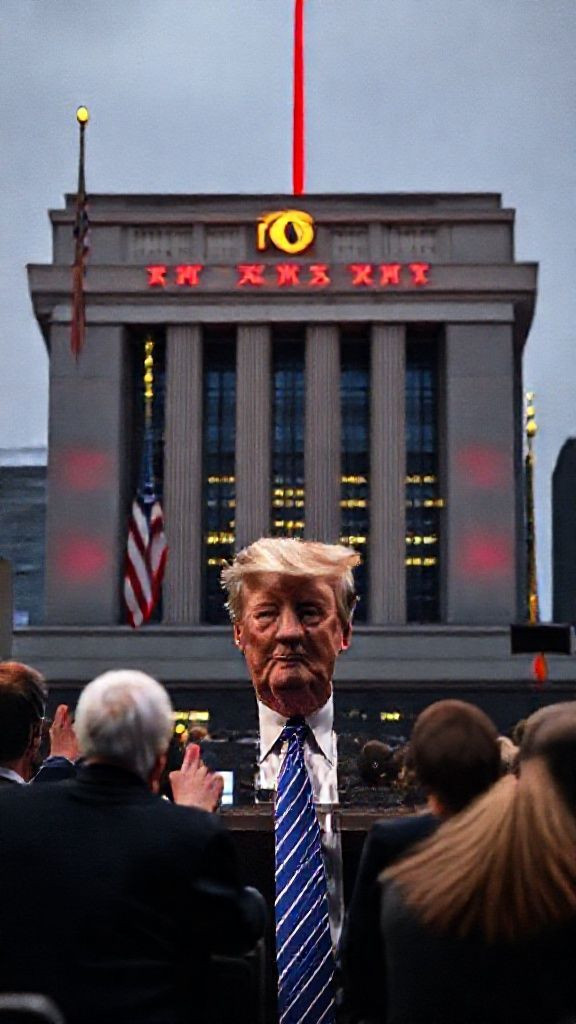
"Why Weak Yuan, Trump Tariff Threats Pose a Significant Challenge for China
"Why Weak Yuan, Trump Tariff Threats Pose a Significant Challenge for China
Why Weak Yuan, Trump Tariff Threats Pose a Significant Challenge for ChinaThe value of China's currency, the yuan, has been under unprecedented pressure in recent times due to a combination of factors, including rising US tariffs under President Donald Trump. As Beijing navigates this challenging landscape, analysts warn that a weaker yuan could have far-reaching implications for the economy and trade negotiations.A Delicate BalanceThe looming threat of 10% duties on all Chinese products from February 1 has sparked concerns about the yuan's stability. Economists predict that if implemented, these tariffs will exacerbate the yuan's weakness, potentially driving it to levels not seen since Beijing scrapped its fixed exchange rate two decades ago.A depreciated currency can be beneficial for exporters as it makes their goods and services more competitive in the global market. However, this could also encourage Beijing to allow the yuan to decline further, which would run counter to President Xi Jinping's strategic objective of ensuring a "strong currency" and making China a "financial power."The PBoC's StrategyTo stabilize the yuan, the People's Bank of China (PBoC) has recently introduced measures, including issuing six-month central bank bills in Hong Kong and injecting tens of billions of dollars into financial circuits. This approach aims to balance the need for currency stability with the need to stimulate economic growth.A Tricky Economic LandscapeIn 2025, China's economic landscape will continue to present challenges. Despite pledges to provide major economic support for the domestic economy, trade tensions with the United States will remain a significant concern. Domestic consumption sentiment is unlikely to improve meaningfully amid these disputes, making it essential for Beijing to strike a balance between supporting the yuan and stimulating the economy.ConclusionIn conclusion, the weak yuan and Trump tariff threats pose a significant challenge for China's economy in 2025. The situation is complex, with a depreciated currency potentially enhancing the competitiveness of exporters while also exacerbating trade tensions with the United States. As Beijing navigates this tricky landscape, it will be essential to strike a balance between supporting the yuan and stimulating the economy.The Conductor's ChallengeImagine an orchestra conductor trying to keep the yuan's value stable while Trump's tariffs are playing the lead role in the performance. The conductor must juggle multiple instruments – liquidity injections, rate cuts, and fiscal stimulus – to create harmony amidst the cacophony of trade tensions. In 2025, this conductor will face an even more challenging symphony, requiring finesse and expertise to prevent a major depreciation from unfolding.Keywords: Weak yuan, Trump tariff threats, China's economy, currency stability, US-China trade tensions, economic support, liquidity injections, rate cuts, fiscal stimulus




